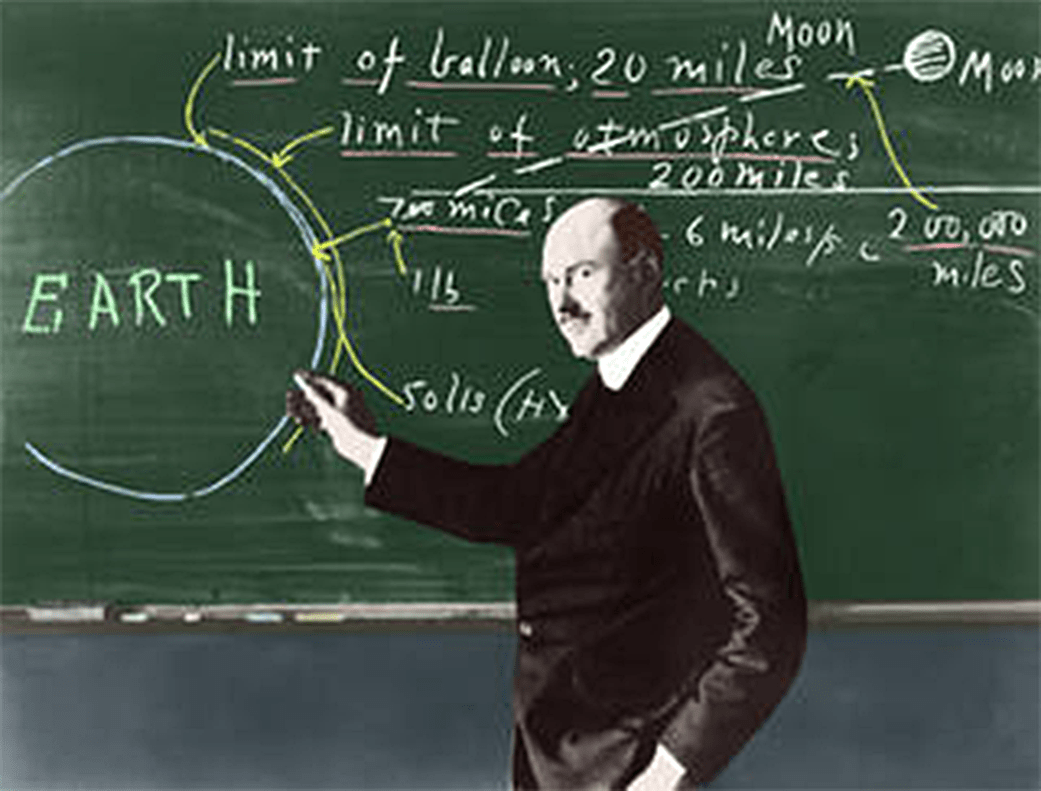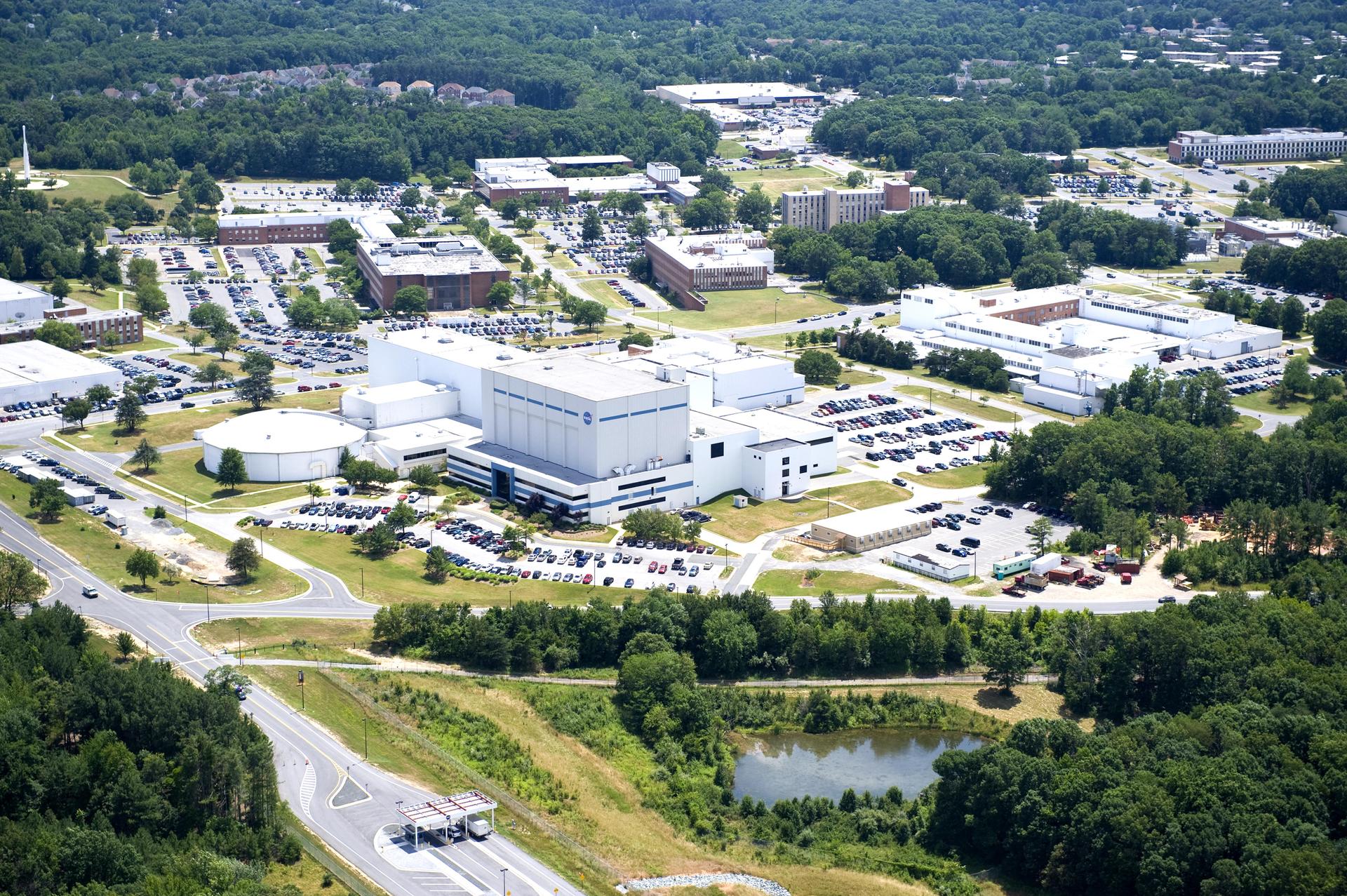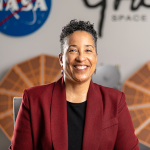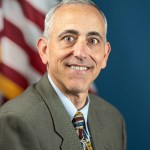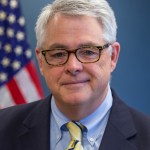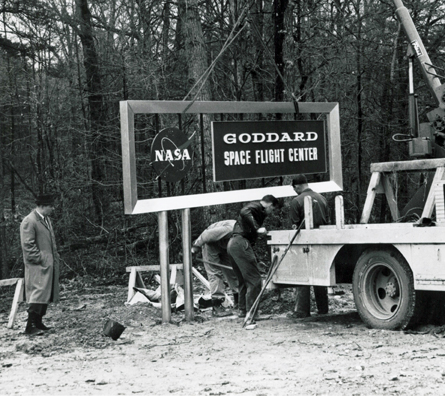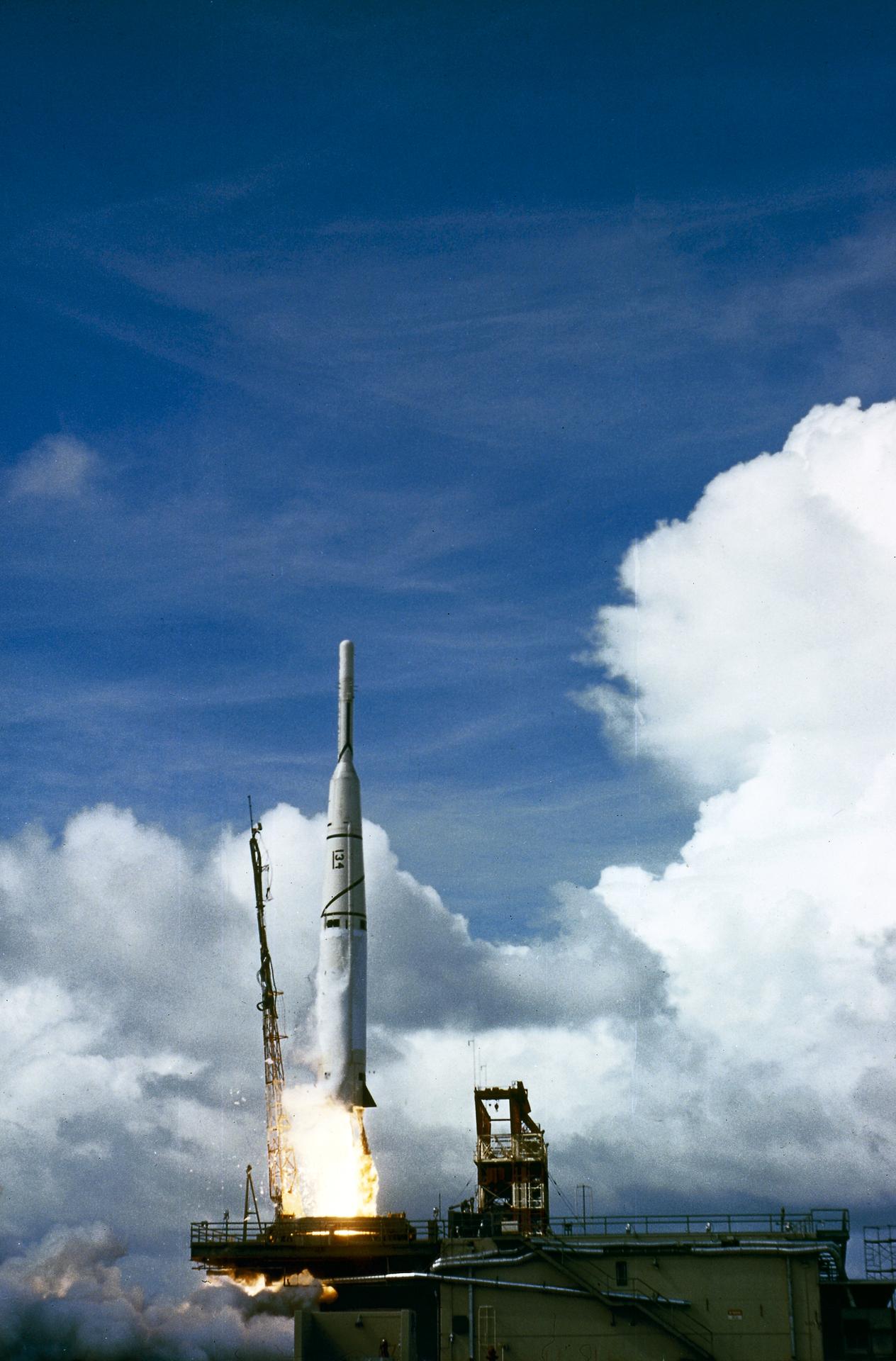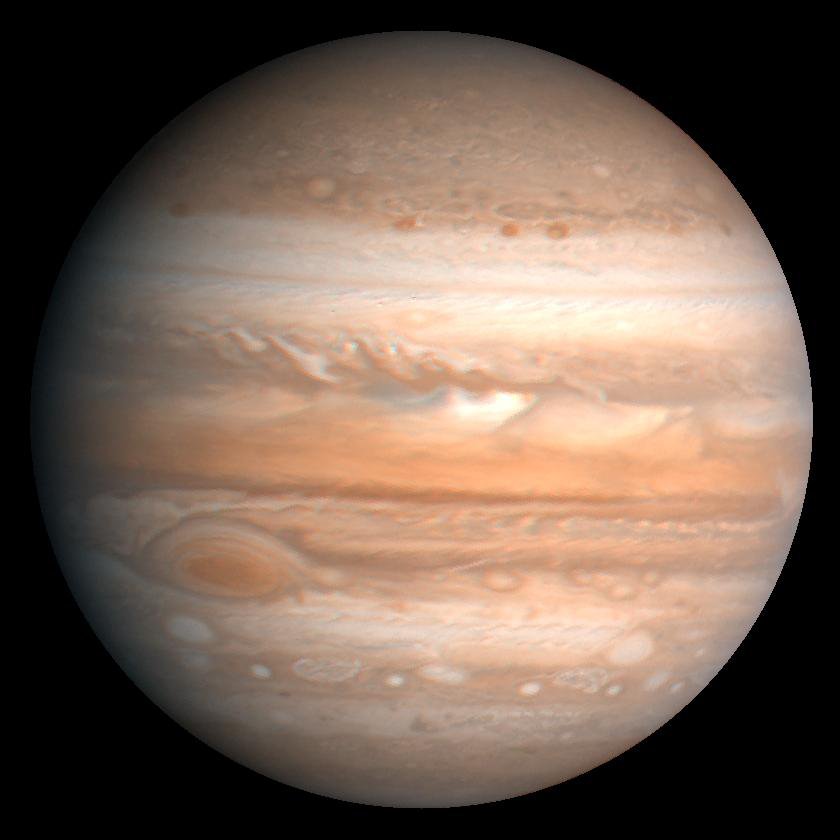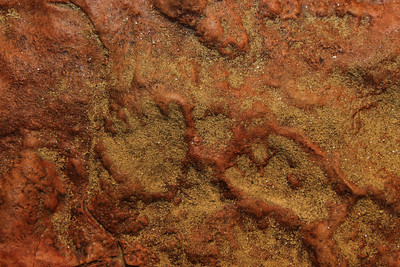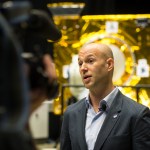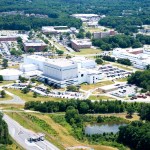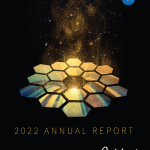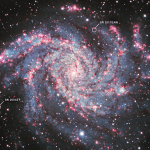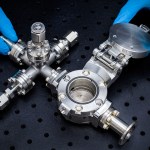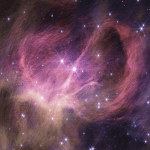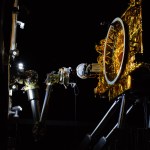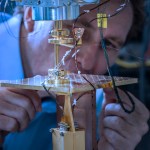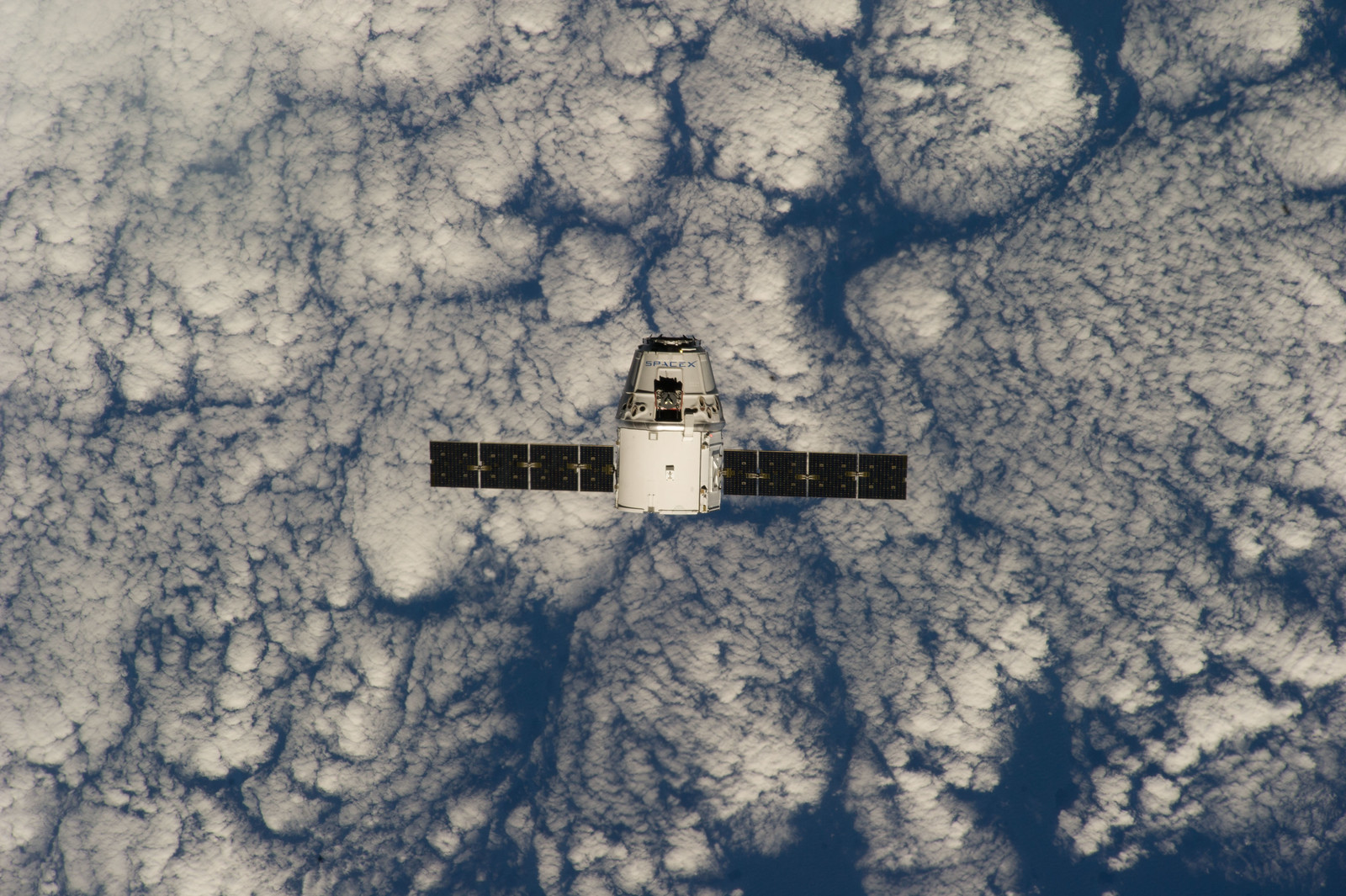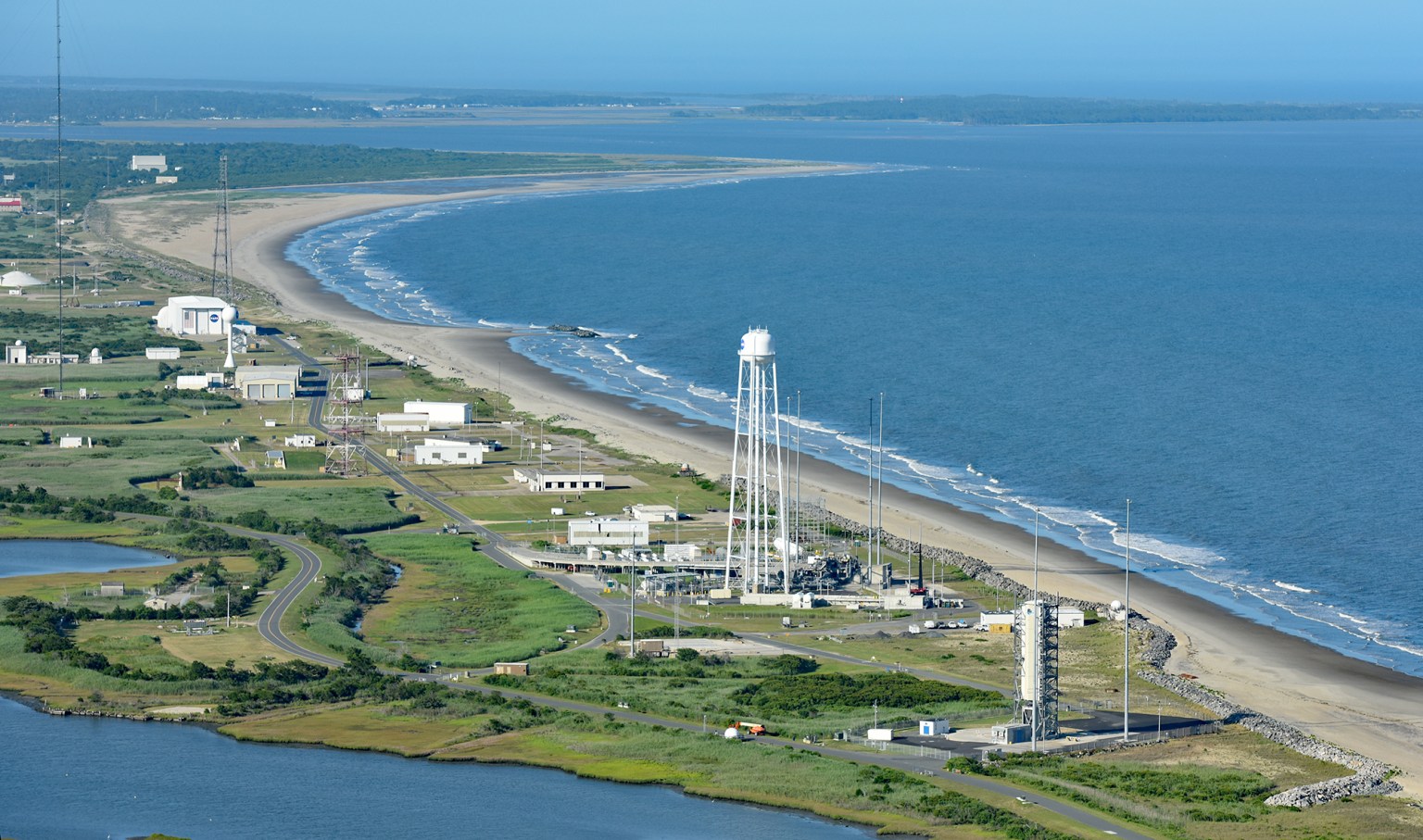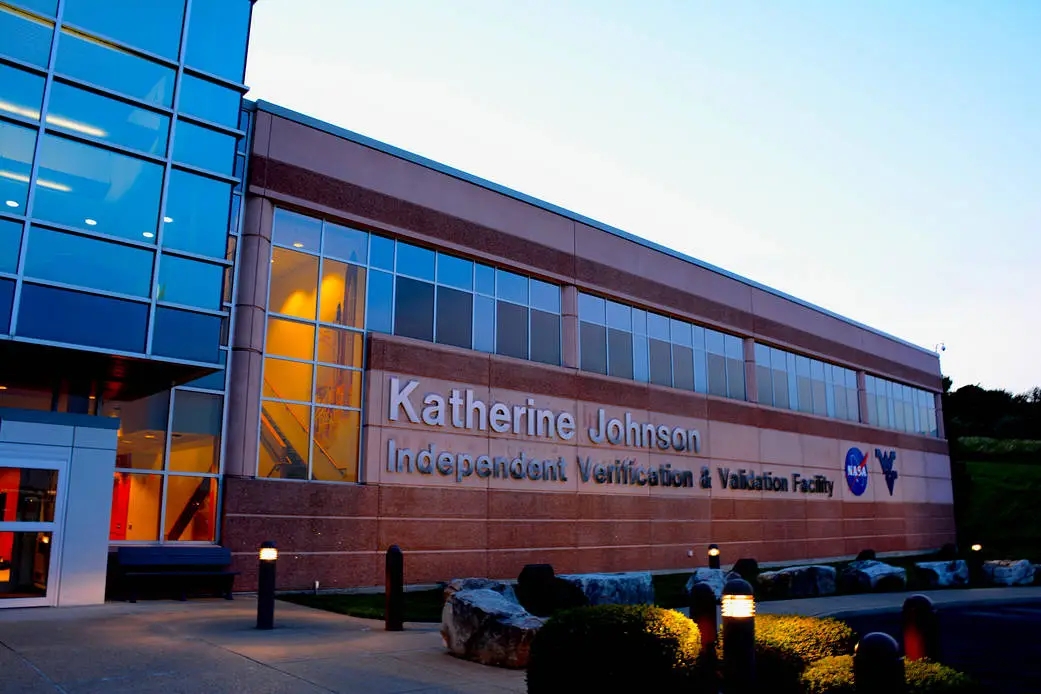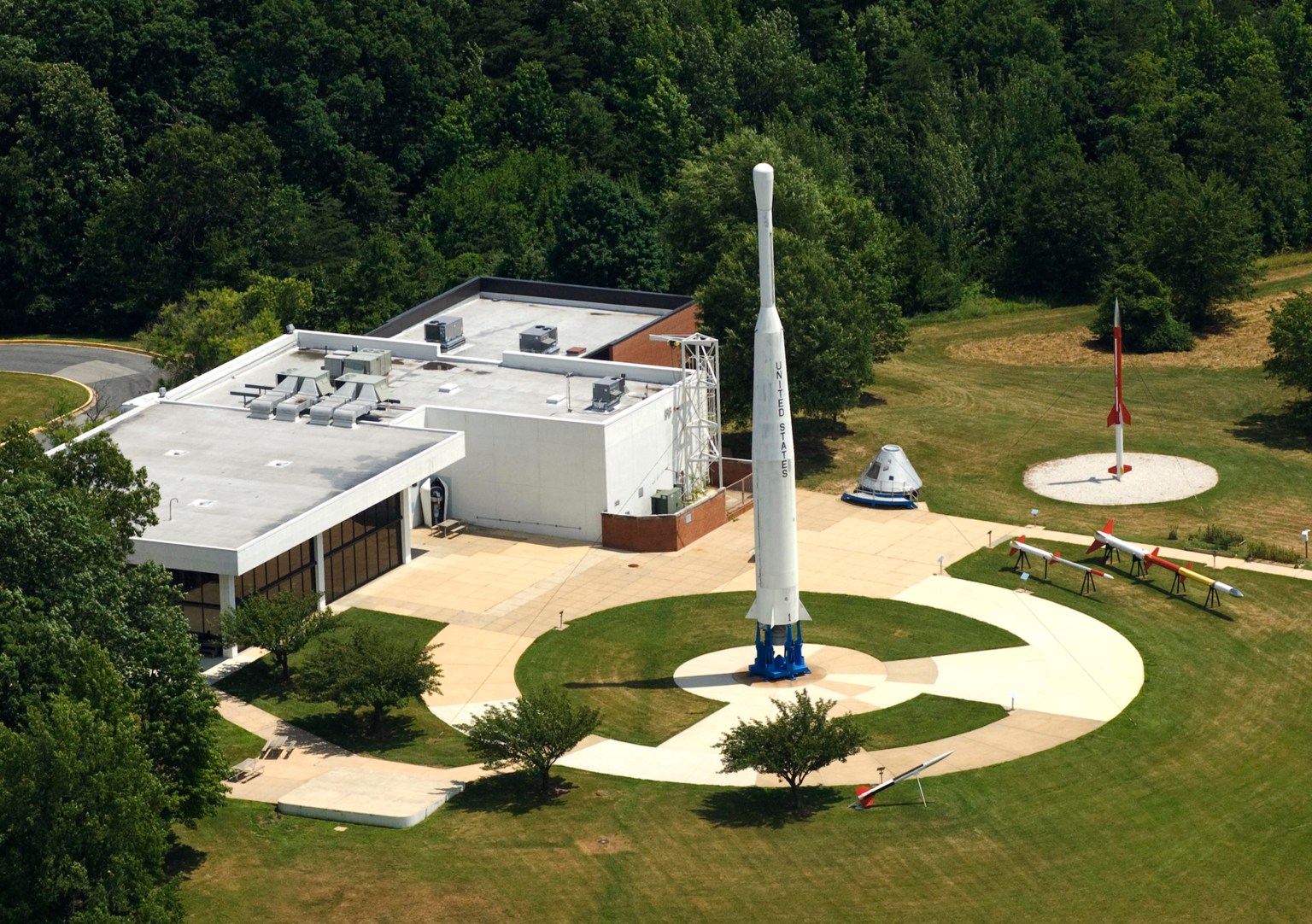meet the Goddard Leadership
Just outside Washington, Goddard is home to Hubble operations and a proving ground for the recently launched James Webb Space Telescope. Goddard manages communications between mission control and orbiting astronauts aboard the International Space Station. Goddard scientists stare into the Sun, grind up meteorites for signs of life’s building blocks, look into the farthest reaches of space, and untangle the mysteries of our own changing world. Goddard engineers construct sensitive instruments, build telescopes that peer into the cosmos, and operate the test chambers that ensure those satellites’ survival. Named for American rocketry pioneer Dr. Robert H. Goddard, the center was established May 1, 1959, as NASA’s first space flight complex. Goddard and its several installations are critical in carrying out NASA’s missions of space exploration and scientific discovery.
Quick Facts
Learn more about NASA’s Goddard Space Flight Center
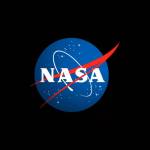
FOIA Requests
Enacted in 1966, the Freedom of Information Act (FOIA) provides that any person has a right, enforceable in court, to obtain access to federal agency records, except to the extent that such records (or portions of them) are protected from public disclosure by one of nine exemptions or by one of three special law enforcement record exclusions.
History
Dr. Robert Goddard
Named for American rocketry pioneer Dr. Robert H. Goddard, the center was established May 1, 1959, as NASA's first space flight complex.
Dr. Robert Hutchings Goddard (1882-1945) is considered the father of modern rocket propulsion. A physicist of great insight, Goddard also had a unique genius for invention. It is in memory of this brilliant scientist that NASA established the Goddard Space Flight Center.
Learn More about Dr. Robert Goddard